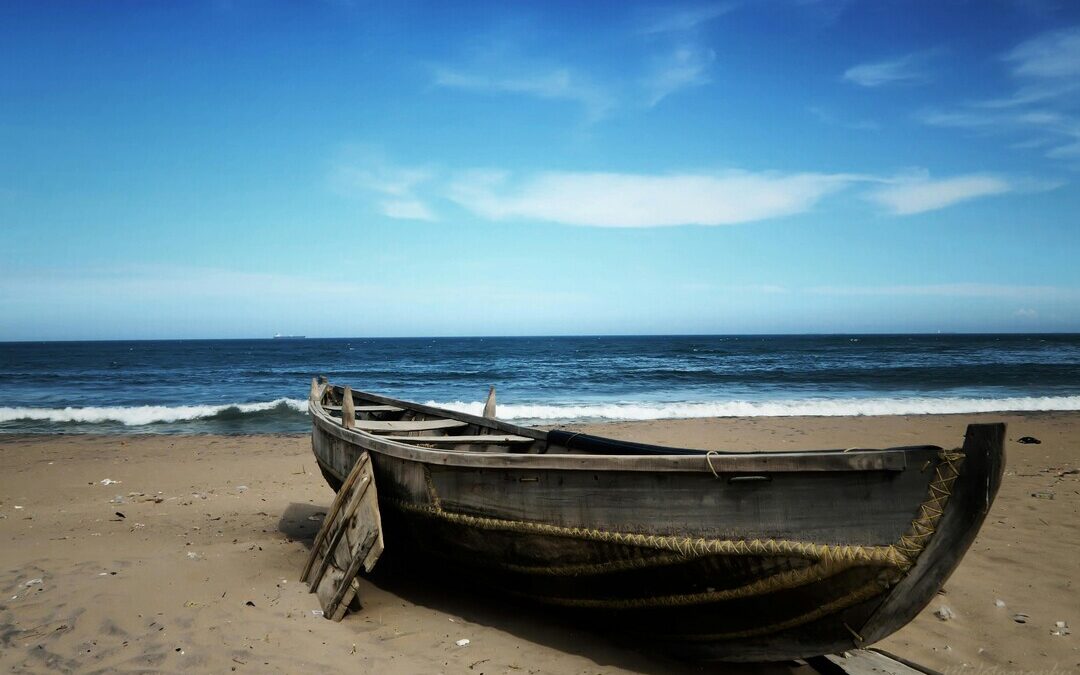India’s Coastal Survey Reveals Fewer Beach Plastics, Robust Marine Micropollution
India’s coastal survey finds falling beach litter but persistent plastic pollution in mangroves, reefs and estuaries.
India’s three-year survey of its coastline has found that while beach litter levels are declining, microplastics remain a persistent threat in sensitive ecosystems such as mangroves, estuaries and coral reefs, the Ministry of Earth Sciences said on Wednesday.
The National Centre for Coastal Research assessed microplastic and marine debris levels between 2022 and 2025, sampling 19 transects along the west coast from Porbandar to Kanyakumari and 25 transects on the east coast from Puri to Tuticorin.
Sources of Pollution
Findings show riverine inputs and ALDFG — abandoned, lost and discarded fishing gear — are the primary sources of microplastics.
Beach litter, monitored annually on the third Saturday of September under the “Swachh Sagar Surakshit Sagar” program, is largely linked to tourism and recreational activities.
Plastic’s share of beach litter fell from 67 percent in 2018 to 43 percent in 2024, data show.
Ecosystem Vulnerability
Studies by the National Institute of Oceanography in Goa found significant microplastic contamination in sediments along the eastern Arabian Sea shelf, with higher levels in benthic habitats than in open water.
Plastic litter density in mangroves ranged from an average of 5.14 items per square meter in Goa to 8.5 in Maharashtra, with plastic accounting for 66 percent to 83 percent of debris.
Coral reefs in the Andaman and Nicobar Islands recorded 61 percent plastic composition, while Mumbai’s intertidal coral habitats showed more than 91 percent, dominated by single-use bags and wrappers.
A survey on North Cinque Island, an uninhabited island in the Bay of Bengal, counted 6,227 litter items, 86 percent of them plastic.
Policy and Clean-up Efforts
The MoES has drafted a National Marine Litter Policy, circulated to ministries and agencies for review. Since 2018, more than 250 beach clean-ups have removed about 150 tonnes of litter, aided by community-led campaigns targeting students, fishermen and local residents.
“Citizen science” initiatives aim to raise public awareness of the ecological risks of marine litter and microplastics, the ministry said.
The data were presented to Parliament in a written reply by Dr. Jitendra Singh, minister of state for science and technology and earth sciences.
Also Read:
Combined Risk of Microplastics and PFAs Cause Greater Environmental Harm: Study
Nirmal Menon
Related posts

Subscribe
Error: Contact form not found.


